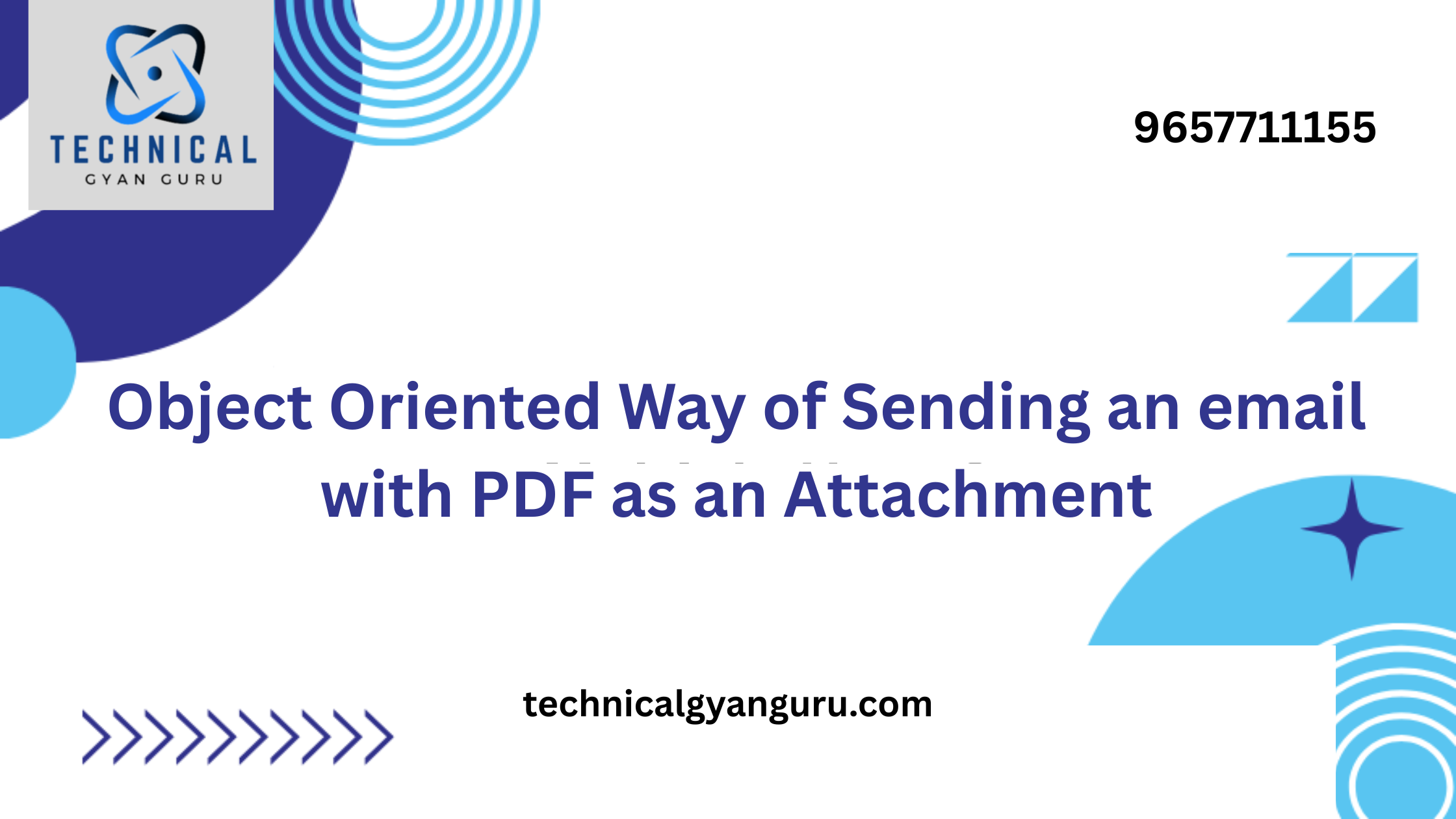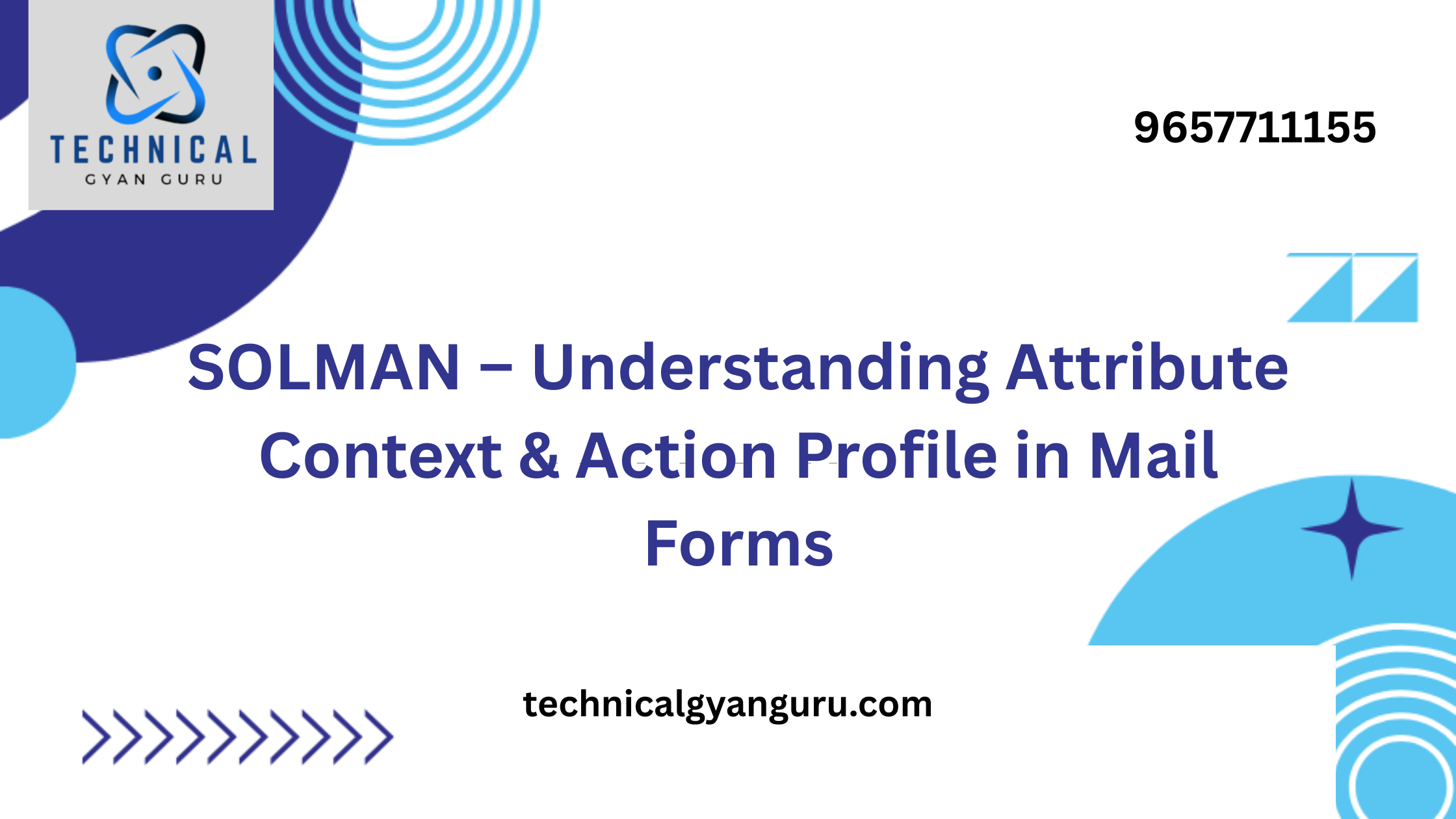SAP’s latest SAP S/4HANA best practices unveiled! Explore how these optimized processes can streamline your implementation, unlock hidden efficiencies, and empower your digital transformation journey…
Feeling the S/4HANA Implementation Blues?
Let Best Practices Be Your Guide!
Migrating to SAP S/4HANA is a monumental undertaking, promising to revolutionize your organization’s business processes. But navigating the complexities of implementation can feel overwhelming, leaving you with a sinking feeling of uncertainty. Worry not! SAP Best Practices for S/4HANA emerge as your knight in shining armor, offering a structured and efficient roadmap to streamline your implementation, unlock hidden efficiencies, and propel your digital transformation journey.
This comprehensive guide delves into the power of SAP Best Practices, exploring how they can transform your S/4HANA implementation from a daunting task into a strategic advantage. Discover how these pre-defined processes can minimize risks, enhance performance, and empower you to realize the full potential of your S/4HANA investment. So, ditch the implementation blues and embrace the power of best practices to **unlock a smooth and successful S/4HANA transformation!
Understanding the Benefits of SAP Best Practices for S/4HANA
Successfully implementing a complex system like SAP S/4HANA requires careful planning, meticulous execution, and a strategic approach. SAP Best Practices step in as a game-changer, offering a multitude of benefits that can significantly enhance your implementation experience and unlock the true potential of your S/4HANA investment. Let’s delve deeper into the compelling advantages they provide:
A. Streamlined Implementation and Reduced Risks:
- Pre-defined Roadmap: Imagine embarking on a journey with a well-defined map in hand. SAP Best Practices act as your roadmap for the S/4HANA implementation, outlining clear steps, pre-configured settings, and established procedures. This structured approach minimizes the need for extensive customization, reducing the risk of errors and ensuring a smoother implementation process.
- Reduced Time and Resource Consumption: By leveraging pre-defined configurations and processes, you can significantly reduce the time and resources required for implementation. This translates to lower project costs and allows your team to focus their efforts on other crucial aspects of the transformation journey.
B. Enhanced Efficiency and Performance Gains:
- Optimized Processes: SAP Best Practices are built upon industry-proven best practices and optimized workflows. This ensures that your S/4HANA system is configured to operate at peak efficiency, streamlining your business processes and eliminating unnecessary complexities.
- Increased Productivity and Reduced Errors: Optimized processes lead to increased productivity for your team members, allowing them to complete tasks faster and with fewer errors. This translates to improved operational efficiency and enhanced overall performance across your organization.
C. Reduced Total Cost of Ownership (TCO):
- Minimized Implementation Costs: As mentioned earlier, utilizing best practices can reduce the time and resources needed for implementation, leading to lower upfront costs. Additionally, the reduced risk of errors associated with a structured approach further contributes to cost savings.
- Long-Term Operational Efficiency: The optimized processes and configurations derived from best practices can lead to improved operational efficiency in the long run. This translates to reduced operational costs and a lower total cost of ownership (TCO) for your S/4HANA investment.
A Tailored Approach to Your S/4HANA Needs
SAP Best Practices are not a one-size-fits-all solution. They offer a flexible and comprehensive framework designed to cater to the diverse needs of various organizations across different industries. Let’s explore the key aspects that define the scope of SAP Best Practices:
A. Pre-defined Process Flows and Configurations:
- Streamlined Business Functions: SAP Best Practices provide pre-defined configurations and process flows for various core business functions such as finance, supply chain management, human resources, and customer relationship management. These pre-defined elements act as a foundation, ensuring a standardized and efficient approach to these critical areas.
- Customization Flexibility: While best practices offer a solid foundation, they also acknowledge the unique needs of individual organizations. They allow for a certain degree of customization, enabling you to adapt specific aspects to align perfectly with your existing processes and workflows. This ensures that you can leverage the benefits of standardization while maintaining the flexibility to address your specific requirements.
B. Localization and Industry-Specific Solutions:
- Catering to Diverse Languages and Markets: Recognizing the global reach of businesses today, SAP Best Practices are available in multiple languages. This ensures that organizations operating in different regions can access and utilize best practices in their native language, fostering better understanding and smoother implementation.
- Industry-Specific Solutions: Beyond language, SAP Best Practices go a step further by offering industry-specific solutions. These solutions are tailored to address the unique challenges and requirements of specific industries like manufacturing, healthcare, and retail. This industry-specific focus ensures that your S/4HANA implementation is optimized for your particular sector, enabling you to maximize the value you derive from the system.
C. Regular Updates and Enhancements:
- Staying Ahead of the Curve: The world of technology is constantly evolving, and SAP is committed to ensuring that its best practices remain relevant and up-to-date. SAP regularly updates and enhances its best practices to reflect the latest advancements in technology, industry trends, and regulatory requirements. This ensures that you can benefit from the most current and optimized practices for your S/4HANA implementation.
Optimizing Your S/4HANA Journey with Best Practices
While SAP Best Practices offer a powerful foundation for a smooth S/4HANA implementation, additional considerations are crucial for optimizing your journey and maximizing the value derived. Let’s delve into some key aspects to keep in mind:
A. Change Management and User Adoption:
- Preparing Your Workforce: Implementing new systems and processes often necessitates changes in user behavior and workflows. To ensure successful adoption of SAP Best Practices, it’s vital to implement a comprehensive change management strategy. This strategy should involve effective communication, training programs, and user support to help employees adapt to the new system and workflows seamlessly.
- Building User Confidence and Advocacy: Fostering user confidence and advocacy is essential for successful user adoption. Providing ongoing training and support, addressing user concerns promptly, and encouraging user feedback contribute significantly to creating a positive user experience. This, in turn, drives increased engagement and effective utilization of SAP Best Practices.
B. Integration with Existing Systems:
- Ensuring Seamless Data Flow: Most organizations have existing IT landscapes with various applications and databases. When implementing S/4HANA with best practices, it’s crucial to ensure seamless data flow between the new system and your existing environment. This may involve integrating different systems and establishing clear data governance practices to maintain data integrity and consistency.
- Addressing Integration Challenges: Integrating various systems can pose technical challenges. It’s essential to carefully assess your existing IT infrastructure and identify potential integration hurdles. Seeking the guidance of experienced IT professionals can ensure that challenges are addressed effectively, and data flows smoothly throughout your entire ecosystem.
C. Seeking Expert Guidance:
- Leveraging Expertise: Navigating the complexities of an S/4HANA implementation with best practices can be daunting, especially for organizations with limited experience. Consulting with experienced SAP S/4HANA and best practices specialists can provide invaluable guidance and support throughout the process.
- Benefits of Expert Assistance: Experienced consultants can offer in-depth knowledge of best practices, expertise in system configuration and integration, and proven methodologies for successful implementation. They can also help you identify potential risks and challenges and develop effective mitigation strategies. By leveraging their expertise, you can increase your chances of a successful S/4HANA implementation and maximize the value derived from utilizing best practices.
Conclusion:
Embrace the Power of SAP Best Practices and Chart Your Course to S/4HANA Success
The journey to S/4HANA implementation can feel like navigating uncharted territory. However, with the guiding light of SAP Best Practices, you can transform this journey from a daunting task into a strategic advantage. As explored in this comprehensive guide, SAP Best Practices offer a multitude of benefits, including:
- Streamlined implementation process and reduced risks through pre-defined roadmaps and configurations.
- Enhanced efficiency and performance gains with optimized processes and industry-proven best practices.
- Reduced total cost of ownership (TCO) through minimized implementation costs and long-term operational efficiency.
- Tailored solutions catering to diverse needs with industry-specific best practices and the flexibility for customization.
Remember, successful implementation goes beyond simply activating best practices. By carefully considering additional factors like change management, system integration, and seeking expert guidance, you can ensure a smooth and optimized S/4HANA journey.
Take action today! Explore the SAP Best Practice Explorer, consult with experienced SAP specialists, and embark on your S/4HANA transformation journey with confidence. As you leverage the power of best practices, remember that continuous learning and adaptation are key to maximizing the long-term value of your S/4HANA investment. With careful planning, strategic implementation, and a commitment to continuous improvement, **SAP Best Practices can empower you to unlock the full potential of S/4HANA and drive your organization towards a future of increased efficiency, agility, and success.
you may be interested in this blog
SAP and Oracle suspend business in Russia








